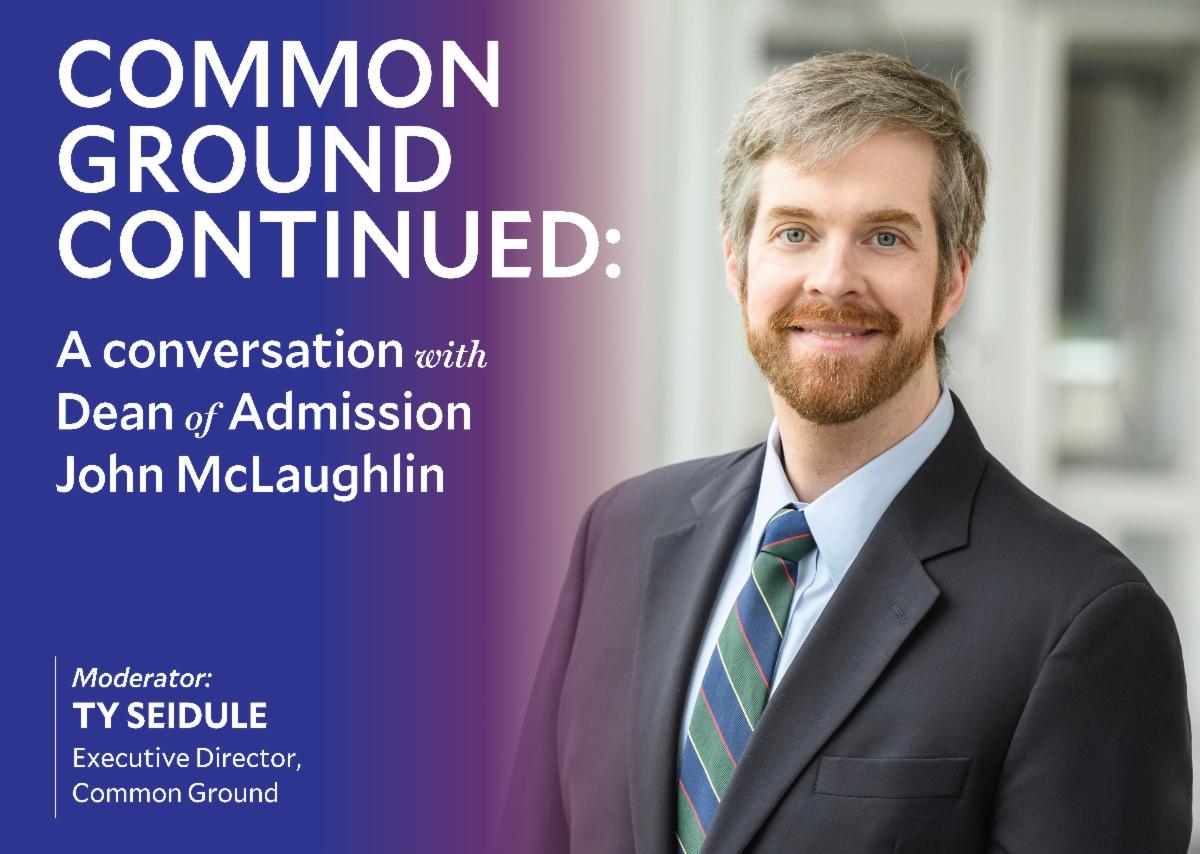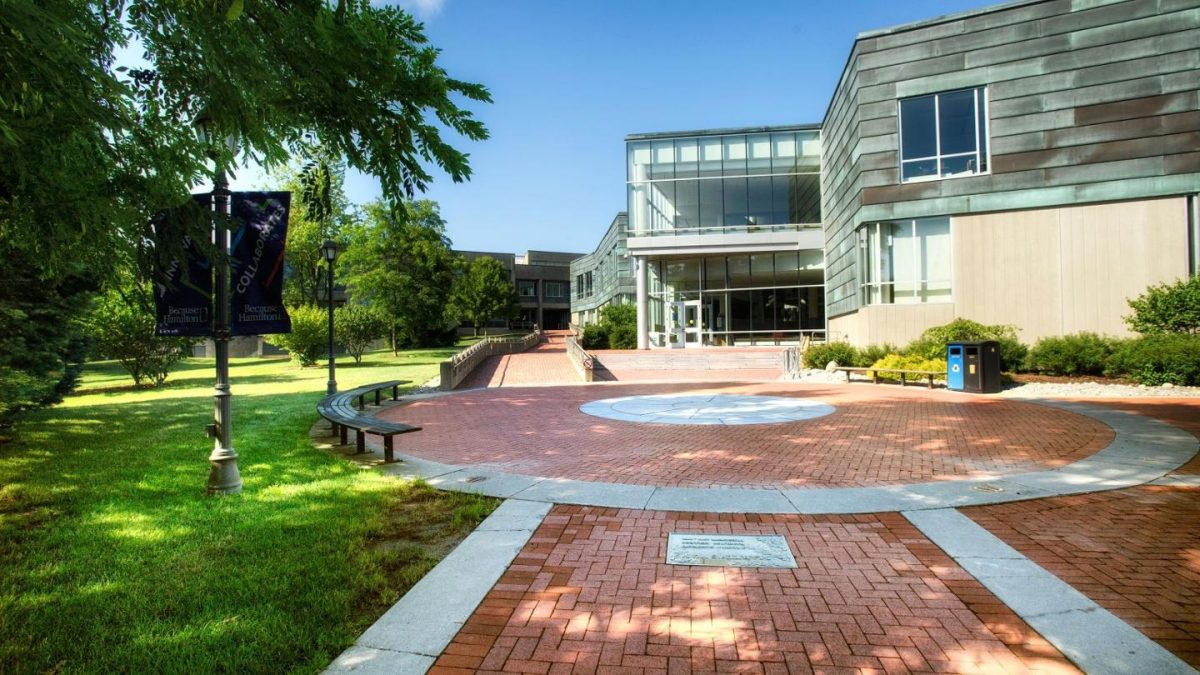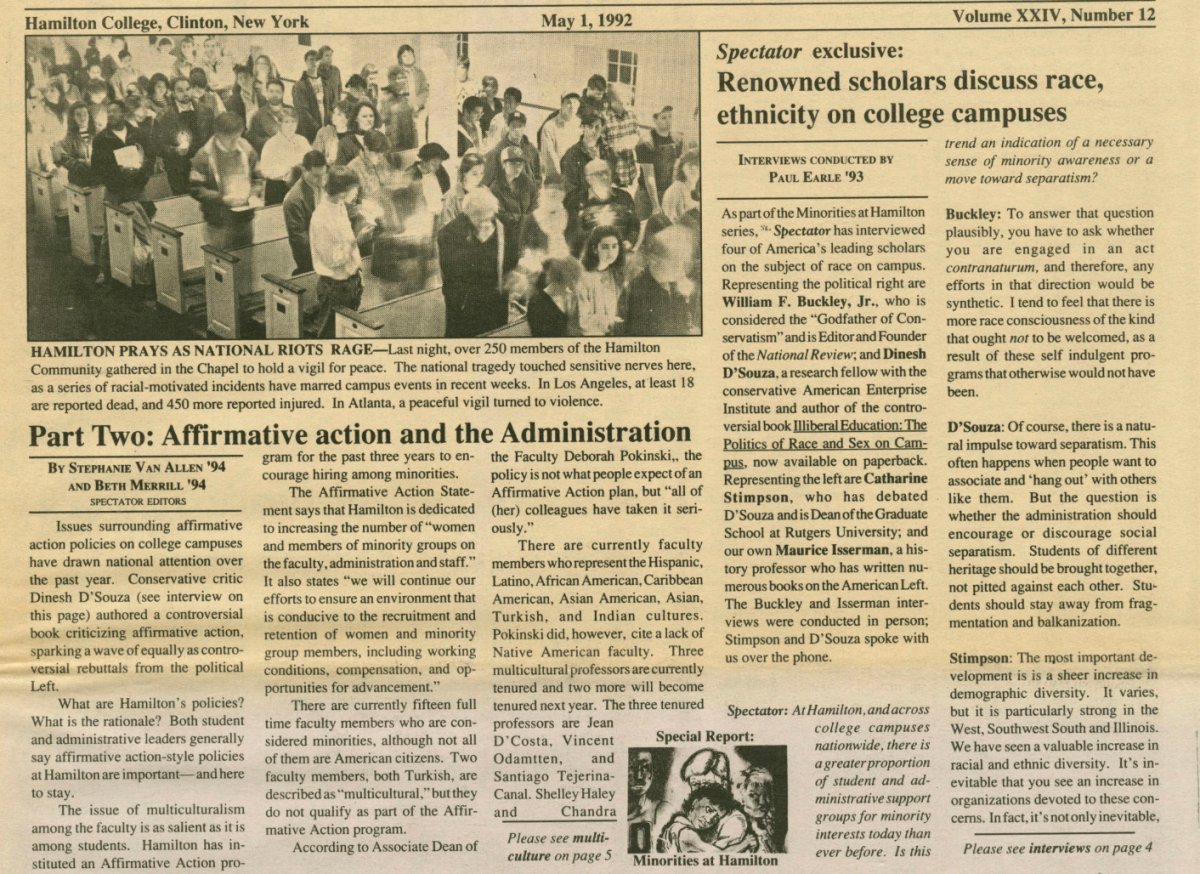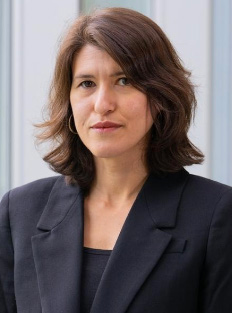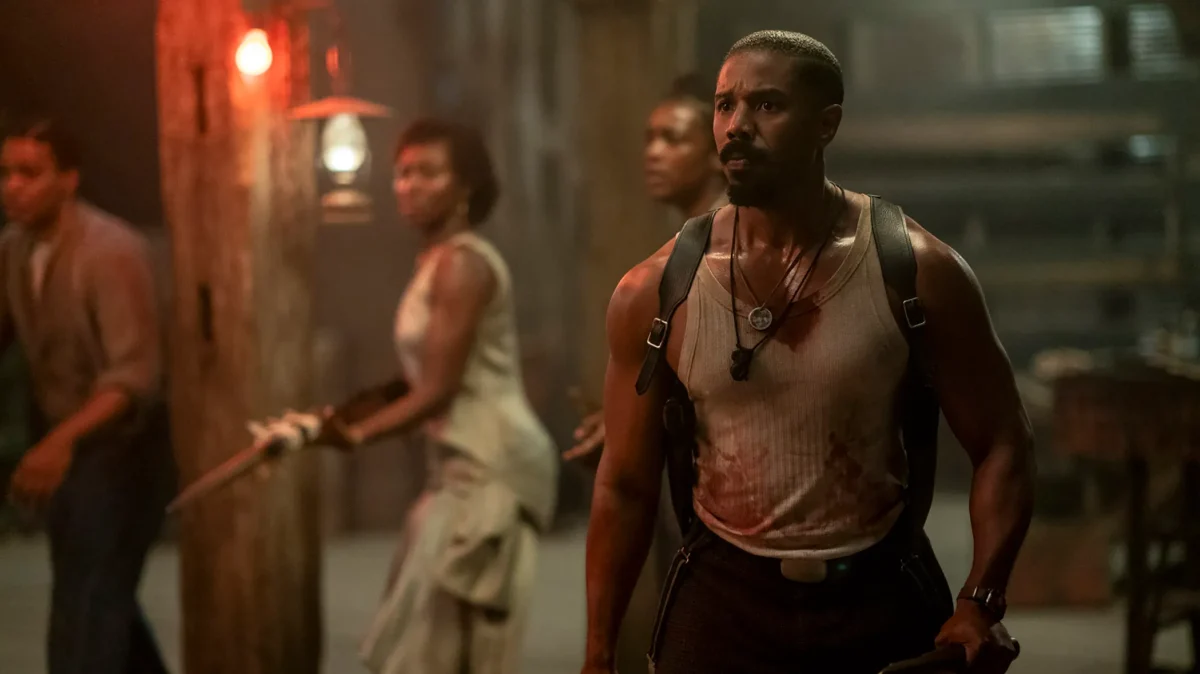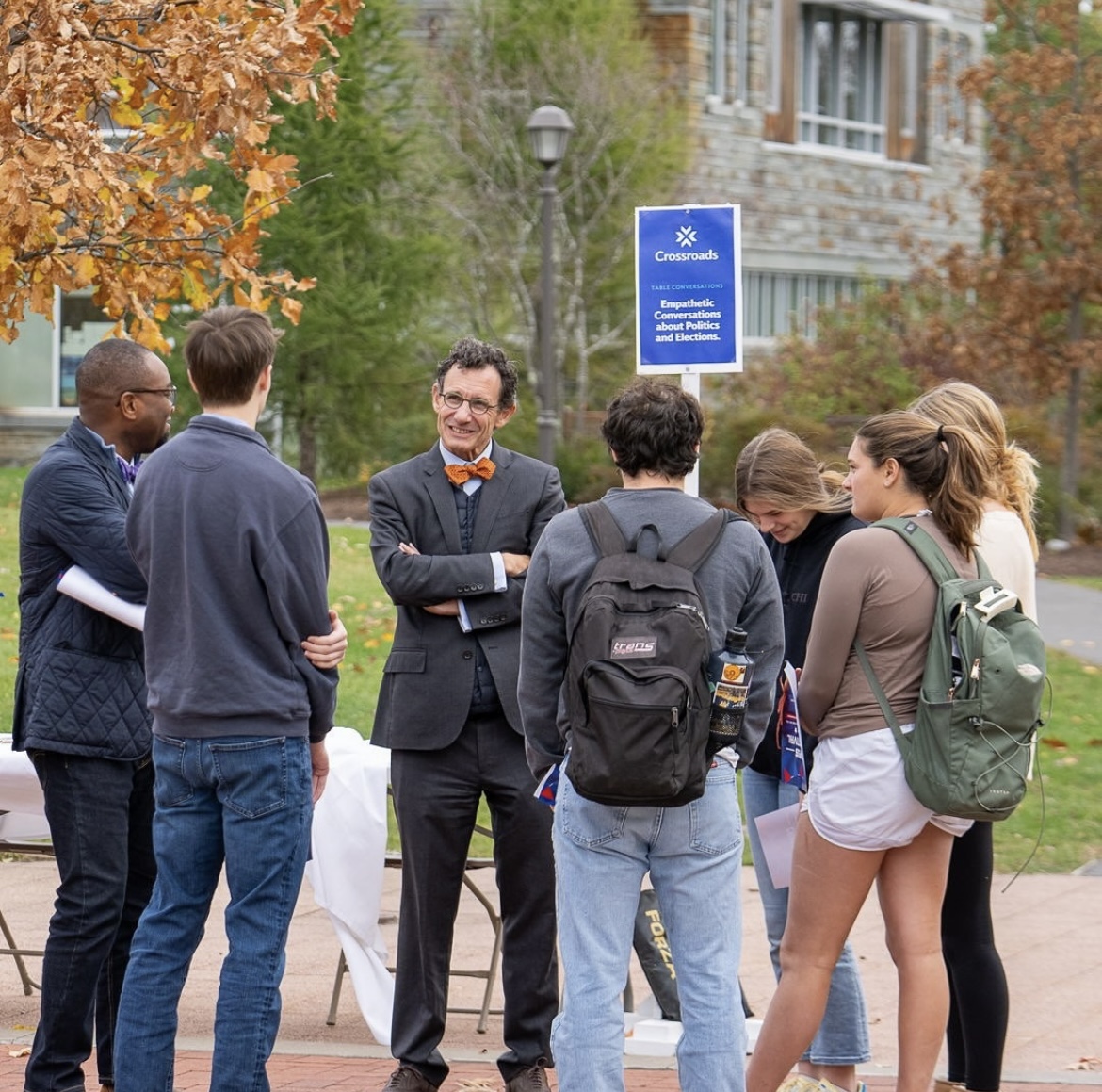
Former Virginia Governor Terry McAuliffe seemed to seal his fate in the Virginia gubernatorial race during a Sep. 29 debate against Republican nominee Glenn Youngkin when he stated, “I don’t think parents should be telling schools what they should teach.”
This statement depicts division and disagreement regarding education policy and the role parents should have in it. Youngkin vowed to ban the teaching of “critical race theory” in public schools and build 20 additional charter schools. On the other hand, McAuliffe appeared with President of the American Federation of Teachers (AFT), Randi Weingarten, a notorious advocate for public education and opponent of charter schools. Weingarten previously claimed that charter schools result in segregation and poor education outcomes during an AFT conference, asserting that “this privatization and disinvestment are only slightly more polite cousins of segregation… We are in the same fight, against the same forces who are keeping the same children from getting the public education they need and deserve.”
Weingarten is not alone in her criticism. Vermont Senator Bernie Sanders also attacked charter schools when he stated that “few charter schools have lived up to their promise… Moreover, the proliferation of charter schools has disproportionately affected communities of color.”
According to the National Alliance for Public Charter Schools, charter schools are “independently-operated public schools that have the freedom to design classrooms that meet their students’ needs.” Charter schools do not charge tuition, and their admission is based on a lottery system. Youngkin’s attacks on critical race theory are rather dubious, as theory is not explicitly a part of Virginia’s K-12 curriculum. However, he is correct to promote charter schools as an alternative to traditional public schools. Despite claims from Weingarten and her Democrat allies that charter schools provide a less adequate education and negatively affect students of color, the facts point to a different conclusion.
When it comes to performance of charter schools, opponents point to a finding from the National Center for Education Statistics, which observed “no measurable differences in average reading and mathematics scores on the National Assessment of Educational Progress (NAEP)… between students in traditional public and public charter schools.” Opponents also invoke claims of segregation within charter schools, pointing out how charter schools are more racially isolated than public schools.
However, these arguments ignore the obvious benefits of charter schools. While there may be no aggregate differences between charter and public schools, charter schools educate a larger proportion of minority students, whose historically have had worse educational outcomes than white students. Economist Thomas Sowell explains this argument in his book “Charter Schools and Their Enemies” where he states that “in a realm where educational failure has long been the norm — schools in low-income minority neighborhoods — this is success, a remarkable success.” This conclusion is supported by research from the Manhattan Institute, which finds that charter schools provide black students in poverty with an additional 59 days of learning in math and 44 days of learning in reading per year. The logic is simple: educational achievement has historically been worse amongst certain minority groups, so it should be seen as a step in the right direction if charter schools are accelerating the achievement of minority students to the level of groups like white students who have historially had better educational outcomes.
The claims of segregation within charter schools are also misguided. The idea that a higher level of minority students in charter schools mirrors school segregation in the Jim Crow South ignores the nuance behind the admissions processes of charter schools. Minority parents and students choose to attend charter schools over public schools by entering a highly competitive lottery system, a choice that simply did not exist for black students during Jim Crow, when segregation was legally enforced. This line of argument also implies that minority students cannot succeed academically unless their school is highly diverse. However, this has not been the case for charter schools and has no valid historical basis.

In an interview discussing his aforementioned book, Sowell tells the story of Dunbar High School, “a black elite school in Washington DC many years ago… [that] got all kinds of outstanding results. [In] one figure [from] 1953, 81% of Dunbar graduates went on to college, which was higher than for any white public high school in Washington DC.” Sowell’s highlight of Dunbar High School does not serve as a critique of school integration, but instead shows that primarily minority schools can and have demonstrated high levels of academic achievement. This legacy is reflected in many charter schools to this day.
So why do prominent Democrats oppose charter schools despite their achievements? The answer lies in their desire to maintain the support of teachers’ unions. According to the government transparency group Open Secrets, donations from teachers’ unions grew from $4.3 million to $32 million from 2004 to 2016, with 94% of all donated funds going to Democrats.
Charter schools are a natural opposition to teachers’ unions because students who leave their local public schools in favor of charter schools take their money with them, leaving less money immediately available for public schools. This affects unionized teachers’ salaries and their jobs because a decrease in students leads to a decrease in demand for public school teachers.
Opposition to charter schools does not take students into consideration. It instead focuses on appealing for the political support of teachers’ unions. If the goal of educational policy is to improve educational opportunities and outcomes for all students regardless of race or class, it is obvious that supporting charter schools is a necessity.

